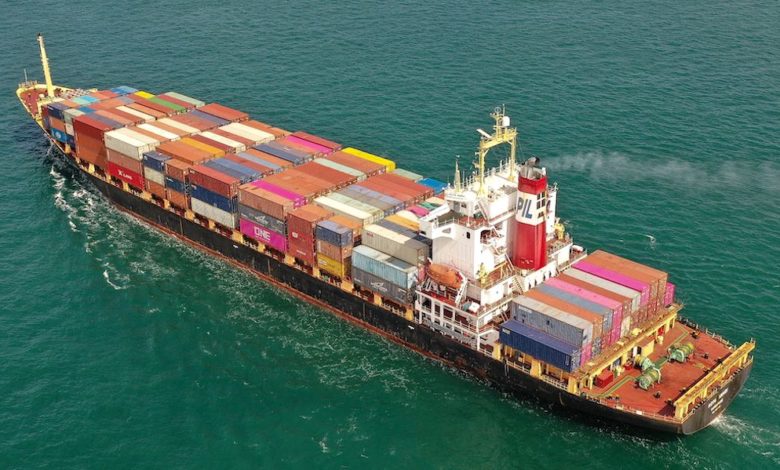Not all CO2 is the same

Carbon capture and storage has been at the top of many news feeds in recent weeks but the challenges of transporting CO2 and the importance of high purity CO2 as a feedstock for e-fuels should also be a priority, says Rupert Hare, CEO of design and engineering consultancy, Houlder.
The purity of CO2 is dictated by the method of its capture, the source of the CO2 and any post capture clean-up processing that is undertaken. Perhaps surprisingly, even CO2 which is destined for sequestration in oil and gas fields requires a high level of purity at its end destination.
This isn’t a percentage game either; the nature of the impurity is as important as it’s quantity. Impurities may corrode containment tanks or loading or unloading equipment – as seen with hydrogen sulphide, sulphur oxides and water – or they may increase safety hazards in case of an escape – as seen with carbon monoxide, sulphur and nitrogen oxides. Additionally, non-condensable gases such as nitrogen, argon, hydrogen or methane affect the storage pressure necessary for liquefaction.
Somewhat ironically, the shipping industry’s progress towards the IMO’s 2030 and 2050 decarbonisation goals may also depend on the availability of high purity CO2. When CO2 is destined for reuse in industrial processes such as the production of e-methanol and e-LNG, the purity requirements are even more stringent. Both fuels are seen by many as practical, lower-risk alternative fuels that will enable shipping to reach net zero GHG emissions on a full lifecycle basis by (or close to) 2050.
There has been lots of debate about the potential cost of these e-fuels, with the energy and equipment costs for green hydrogen production seen as the main cost drivers. The assumption has been that the demand for CO2 would be met by existing supply chains or from direct air capture (DAC). However, the current supply imbalance for high purity CO2 and the significant energy requirements of DAC mean that the price of pure CO2 will also be a significant factor in the cost of these e-fuels.
The purity question is also important for the transportation of CO2. There are a range of options for containment systems on LCO2 carriers. Alongside the transport distances, these will have a significant impact on the vessel CAPEX, the extent of the non-revenue earning cargo and the on-board energy requirements. The choices made in the vessel design will significantly be influenced by the level and type of impurities in the CO2.
It is important that discussions about the CO2 market don’t miss important links in the value chain. Our team has, for example, seen a number of tenders for LCO2 carrier designs that fail to recognise the number of variables and rely on a repeat of previous designs for key areas such as cargo containment. Some key decision-makers still incorrectly assume that all CO2 is the same.
These debates on CO2 purity and logistics extend beyond dedicated LCO2 carriers to the wider shipping industry too. As we develop on board carbon capture technologies, most ship types will face the challenges of being LCO2 carriers, regardless of their primary duty. This adds another layer to an already complex landscape.
The choice of on-board capture system will have a significant impact on the economics for the vessel. Those systems which deliver high-purity CO2 will have lower on board containment costs. They also have the opportunity to reuse CO2 captured from e-fuel exhaust gasses and return it to the production plant as more e-fuel feedstock.
The bottom line is that the new CO2 industry presents some really exciting opportunities to progress shipping’s energy transition but, if the industry is to deliver on its potential, it is essential that the ship is viewed as an integrated part of the supply chain.
